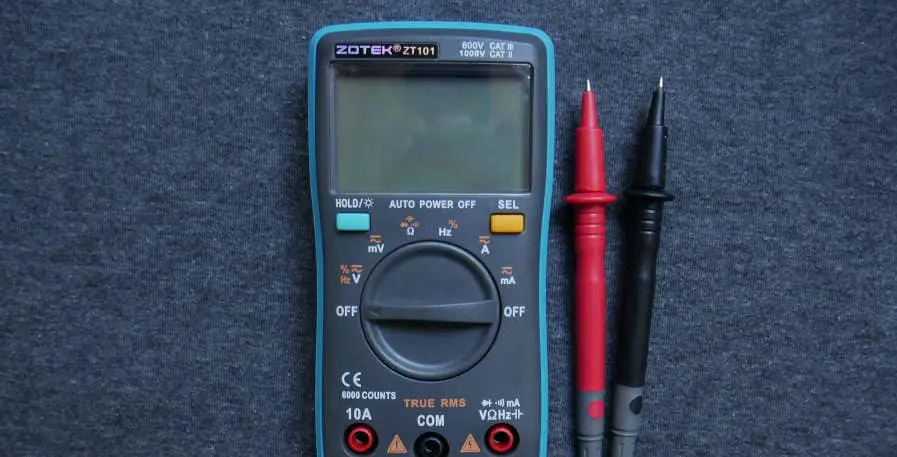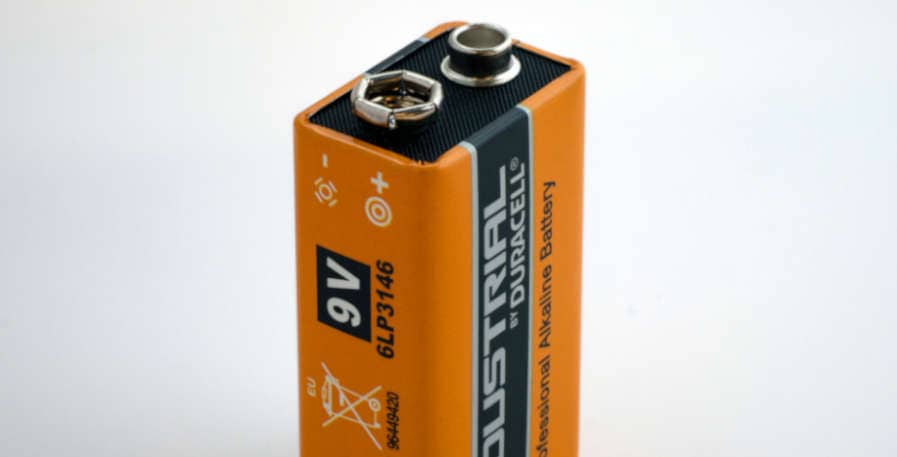Active bass guitars generally provide more tonal options and a cleaner signal than passive ones. However, this comes at the cost of the bass needing one to two 9V batteries. So what does this mean for you as a bass player, and how long do batteries last in an active bass?
Depending on how often an active bass is plugged into an amplifier, batteries will generally last 6-12 months. Batteries can last significantly longer if the bass is only plugged in occasionally. The batteries will drain significantly faster if the bass is regularly left plugged into an amp when unplayed.
So while milage may vary, you will rarely need to change the battery in your bass more than twice a year.
The battery will however continue to be drained if your bass remains plugged into an amp, even if you turn it off. Thus, make a habit of avoiding this if you’re already not doing it, as it will greatly shorten the lifespan of the battery.
Let`s continue by taking a look at how you can tell when your battery is about to die. I`ll also show you how to change the battery, and how to save money by making use of its full capacity.
What happens when a bass battery dies?
When the battery in a bass is about to die, the sound of the bass will become faint in volume and produce a distorted tone. Once the battery dies the bass will not be able to produce sound through an amplifier.
If the battery on your bass is about to die, you will notice. The sound of it will be unpleasant, it will lose its lower frequencies, and be harder to hear.
If your bass is strictly active, this also means that it will soon not produce an amplified sound until the battery is replaced.
Some basses can however switch between active and passive mode. If your battery dies and you switch to passive mode, the bass can still be played through an amplifier.
You will not find this type of switch on all active basses, but they are common for some manufacturers such as Warwick and Lakland.
These switches can generally be located next to the tone knobs on your bass. On some basses, the switch is activated by pushing down the volume button, to make it pop up.
If you don`t find have an active-passive switch, this means that you simply have to switch the battery once it dies.
Note that rechargeable batteries will react slightly differently to dying. Instead of your sound getting distorted and starting to fade, it will disappear immediately. Therefore, it`s a best practice to avoid using rechargeable batteries during live shows.

When should I replace my active pickup battery?
In general, the battery on your bass should be regularly checked on, and be replaced once it is almost depleted. It is also a best practice to switch out the battery with a new one before a live show if it is remotely close to being empty.
Switching the battery in time is part of maintaing your bass guitar. To do this, there are two different approaches you can take.
One is to switch them every 6-months or so to ensure that it doesn`t die on you. The second is to use a voltmeter to regularly keep an eye on the status of the battery, and only replace it when it is close to dying.
The advantage of switching it every 6-months is that you don`t have to pay much attention to the battery. It is highly unlikely to ever die on you and switching it becomes an infrequent part of your bass maintenance.
The upside of using a voltmeter is that you can use it to test your battery’s condition and know how close it is to dying. This adds a level of security in that you know it won`t die on you, and also saves money as you won`t be throwing away half-used batteries.
Thus, given that voltmeters are already relatively affordable, they tend to pay themselves off. They are commonly sold at hardware, larger general stores, or on Amazon:
How do I change the battery in my active bass?
Replacing a battery in an active bass is both quick and easy. All you need is a screwdriver, and to follow the steps below:
- Turn your bass on its back. On the back of your bass, you will generally see two compartments that are held together by screws. The largest will be for the electronics inside your bass, whereas your battery can be found beneath the smallest lid.
- Open the lid. You will need a small screwdriver for this part. Use it to unscrew the screws on the smaller compartment til the lid comes off.
- Loosen the current battery. The battery inside will be connected to loose wires. Be careful with these, so that you don`t put pressure on them or pull them too hard. The battery might also be protected by clips at its side. If this is the case, you might need to use your screwdriver to carefully pop the battery up from between the clips. Some basses use 2 batteries. If this is the case with your bass, simply repeat the process with the second battery.
- Insert the new battery. Once the old battery is removed, insert the new battery in its place. After you attach the battery to the wiring, pop the new battery into the bass. Then, screw the lid back onto the bass, and you are good to go.
Conclusion
The battery in active basses lasts long enough for it to never be a major inconvenience. By switching it out every 6 months, or by making full use of it with the help of a voltmeter, it`s never something you will have to pay much attention to.
With that said, If you have an active bass, it is a best practice to always have an extra 9V battery or two in your gig bag. While batteries will rarely cause an issue, I would also never bet my live show on a single battery.
Switching out a bass battery with a new one is also a quick task. It can generally be done in a couple of minutes as long as you have a screwdriver on hand.
Thus, by following the tips above, monitoring and changing the battery in your bass will simply be an easy and rare part of maintaining the playability of your bass.
Active basses with batteries are known for having a cleaner signal and more variety in their tone than passive ones. This is most noticeable in bassists who prefer passive P basses, and bassists who prefer active J basses. To learn more, read my article on the difference between P and J bass pickups.

